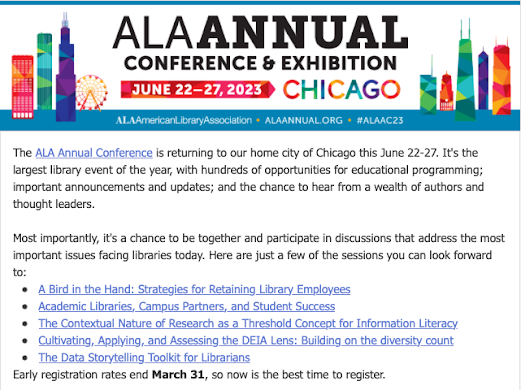Short blurbs on books about children/YAs and technology
Goodstein, Anastasia. Totally Wired.
Written in an easy-to-read journalistic style, Goodstein covers all the essentials of teen technology use for bewildered parents (or librarians). Though parts are redundant with Harris (see below), both are of use to future youth services librarians. Chapters 1-4 deal with teens, and then chapters 5-7 address what adults can or should do about all the things teens are doing. Mostly, Goodstein calls for understanding, relating contemporary tech activities such as IMing to her own 80s-era teen experiences such as 3-way calling.
I Found It on the Internet. Harris, France Jacobson.
Though it's short, the book is worth reading as written, in 3 parts, one at a time. Part 1 parallels the first 4 chapters of Goodstein. Part 2 is a little different, in that it lumps all the dangers-and-dark-sides together. Part 3 is for adults, and would go well as a parallel reading to Goodstein's chapters 5-7. Although the writing is more laden, the audience for this book is more directly youth services librarians; Harris spells out her best recommendations and practices in useful ways. Though the more metaphorically-minded will extrapolate some of the same conclusions from Goodstein, Harris is well worth a read.
Sex, Brains, and Video Games. Pierce, Jennifer Burek.
Similar topic, yet another kind of approach. Pierce's audience is also librarians, and her book does a great job of situating current media practices in light of historical development in librarianship, going all the way back to the beginning. The book delivers what the title says, synthesizing research in three somewhat disparate areas for consumption by librarians serving teens.
Written in an easy-to-read journalistic style, Goodstein covers all the essentials of teen technology use for bewildered parents (or librarians). Though parts are redundant with Harris (see below), both are of use to future youth services librarians. Chapters 1-4 deal with teens, and then chapters 5-7 address what adults can or should do about all the things teens are doing. Mostly, Goodstein calls for understanding, relating contemporary tech activities such as IMing to her own 80s-era teen experiences such as 3-way calling.
I Found It on the Internet. Harris, France Jacobson.
Though it's short, the book is worth reading as written, in 3 parts, one at a time. Part 1 parallels the first 4 chapters of Goodstein. Part 2 is a little different, in that it lumps all the dangers-and-dark-sides together. Part 3 is for adults, and would go well as a parallel reading to Goodstein's chapters 5-7. Although the writing is more laden, the audience for this book is more directly youth services librarians; Harris spells out her best recommendations and practices in useful ways. Though the more metaphorically-minded will extrapolate some of the same conclusions from Goodstein, Harris is well worth a read.
Sex, Brains, and Video Games. Pierce, Jennifer Burek.
Similar topic, yet another kind of approach. Pierce's audience is also librarians, and her book does a great job of situating current media practices in light of historical development in librarianship, going all the way back to the beginning. The book delivers what the title says, synthesizing research in three somewhat disparate areas for consumption by librarians serving teens.
